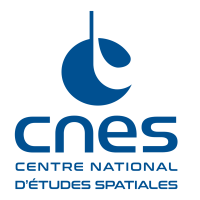Que recherchez-vous ?
-
Appels à contributions
Appels à proposition de recherche, challenges R&T...


-
Doctorats et postdoctorats
Sujets de thèses, événements pour les jeunes chercheurs...


-
Comités et rapports
Séminaire de prospective, COSPAR, CERES, TOSCA...


-
Programme du CNES
Thématiques, contacts...



Bibliothèque des projets
Explorez les projets scientifiques du CNES de 1962 à nos jours
Actualités
Ressources utiles
-
Newsletter scientifique
Chaque trimestre, retrouvez les actualités du CNES à destination de la communauté scientifique.

-
Données spatiales
Découvrez les pôles de données et services du CNES dans tous les domaines : observation de la Terre, images satellitaires, géo-positionnement...





